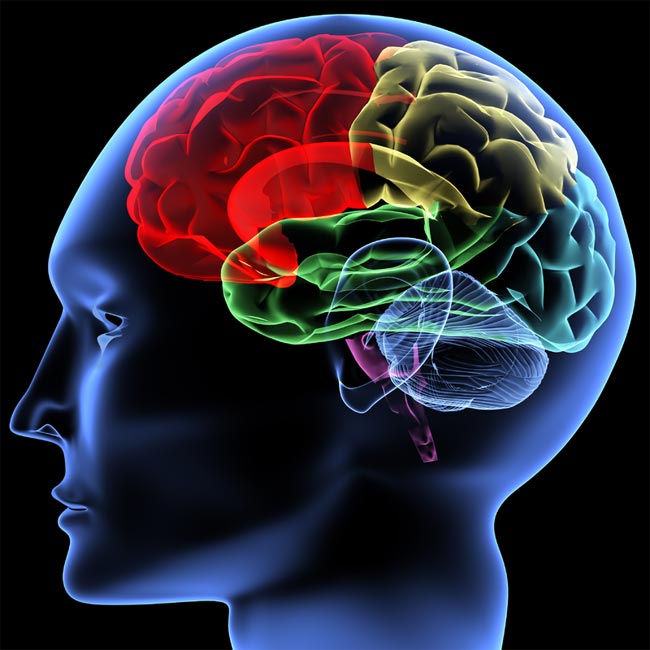'Eureka!' Spot in the Brain Found

When you have a "Eureka!" moment, not only does an answer seem to suddenly flash into your head, your brain neurons shift gears just as rapidly, a new study suggests.
The results, found in rats, pinpoint these moments to an area of the brain called the prefrontal cortex. Rats are considered a good analogue to humans for studies like this.
When the rats were learning a new task, most appeared to change their behavior abruptly, as if they had all of a sudden figured out what to do. This about-face in behavior was associated with a rapid shift in brain activity — a new set of brain cells, or neurons, became more active than before.
The results support the idea that learning can involve sudden changes in the brain, rather than a gradual process.
"A lot of the theoretical basis of learning is based on this idea where there are small increments in improvement over many repetitions, and supposedly the neural basis of this is [that] there are incremental changes in the strength of the connections between the cells," said study researcher Jeremy Seamans of the Brain Research Centre at the University of British Columbia. "But what we're saying is that you need to look at this differently, and there are situations where…it's really an all or none shift in the [brain]."
The results likely apply across species, Seamans said. But since the current study did not actually test on humans, there is no way of knowing that for sure. Also, one key difference between humans and rats is that rats must interact physically with something in order to come upon a "eureka" moment, but humans can reason an answer in their heads, according to Seamans.
Seamans and his colleagues looked for keys to eureka moments by mimicking a type of re-learning in rats. While previous studies have shown the prefrontal cortex is likely involved in re-learning, it’s not clear exactly how the changes take place in the brain.
Get the world’s most fascinating discoveries delivered straight to your inbox.
The rats first learned they could get a food reward from one of two levers (on the left or the right) depending on which lever had a light turn on above it. After 20 trials with this "light equals reward" rule, the scientists changed the game so the rats would only get a reward from the right lever, regardless of the light. It took the rats another 30 to 40 trials to learn the new rule.
The rats' brains showed different patterns of activity for each rule. It's useful to think of the brain cells patterns as like a string of lights, Seamans said. All the lights in the string would be on (because brain cells are always firing), but for each pattern, a different set of lights on the string would be shining brighter.
During the experiment, the researchers noticed the "lighting pattern" of the rats' brains switched all of a sudden from the old-rule pattern to a new one.
The results suggest this idea of a learning curve, in which rats (or humans) slowly learn the best way to respond to a situation, doesn't always apply, at least at the individual level.
"If you took all of the animals and you averaged their behavior while they acquired the new rule, it would look like a gradual improvement, like they would make less and less errors over time … and then finally they're 100 percent on the new rule," Seamans told LiveScience said. "But if you look at individual animals, they're not like that. They're bad, and then all of a sudden over just a few trials, they get it, and then they're good."
Seamans conducted the work with Daniel Durstewitz, of the Central Institute of Mental Health in Germany, and colleagues from the University of British Columbia. The study was published May 13 in the journal Neuron.
- Top 10 Things You Didn't Know About the Brain
- Top 10 Ways to Keep Your Mind Sharp
- 10 Mysteries of the Mind

Rachael is a Live Science contributor, and was a former channel editor and senior writer for Live Science between 2010 and 2022. She has a master's degree in journalism from New York University's Science, Health and Environmental Reporting Program. She also holds a B.S. in molecular biology and an M.S. in biology from the University of California, San Diego. Her work has appeared in Scienceline, The Washington Post and Scientific American.


